A fatal accident at a Chennai Metro construction site in Ramapuram has raised serious concerns over safety protocols in ongoing infrastructure projects. A motorcyclist was killed when two heavy steel I-girders collapsed near the main gate of Larsen & Toubro’s head office in Manapakkam, along Mount Poonamallee Road. The incident occurred at a work site under Corridor 4 of Chennai Metro’s Phase II expansion, one of the state’s largest and most complex public infrastructure undertakings.
Chennai Metro Rail Limited (CMRL) confirmed that the accident took place when an A-frame, which is a temporary support system used to hold the steel girders in position during initial stages of construction, failed unexpectedly. The I-girders, each estimated to weigh between 50 and 100 tonnes, had been erected just a week before the incident. According to the agency, a slip or failure in one of these A-frame structures appears to have caused the two girders to come crashing down, fatally crushing a two-wheeler rider passing beneath at the time. Authorities are verifying if there was a pillion rider on the vehicle, although only one fatality has been officially recorded so far. The identity of the deceased had not been disclosed at the time of reporting.
Emergency services responded promptly. Police teams, fire and rescue personnel, and metro construction workers reached the site within minutes to manage the situation and initiate debris removal. Heavy machinery was brought in overnight to clear the mangled steel components and reopen the road, which is a key traffic artery in western Chennai. The collapse led to severe traffic congestion between DLF IT Park and Ramapuram Signal. With Mount Poonamallee Road being a primary route to Porur and several IT and residential zones, traffic police enforced diversions and routed vehicles through alternate roads to manage the disruption. Metro authorities said that clearing operations were being undertaken urgently to restore full traffic flow in the affected stretch.
The girders involved were part of the elevated viaduct of Corridor 4, which extends over 26 km from Poonamallee to Light House via Porur, Nandanam, and T. Nagar. This corridor passes through some of the most densely populated and commercially vital areas of the city. It was one of the first sections in Phase II to see visible viaduct work, with segments between Poonamallee and Porur targeted for opening by the end of 2025. According to initial assessments shared by CMRL, the collapse was likely caused by an instability or failure in the temporary steel A-frame meant to support the girder during launching. Construction engineers suggest that any misalignment, unaccounted-for stress, or insufficient securing of support frames during this phase could lead to structural failure, especially in systems involving heavy steel components.
Eyewitnesses in the area reported hearing a loud crash followed by a massive dust plume as the girders hit the ground. Visuals from the site circulated on social media and shared by news agencies showed sections of twisted steel lying across the road, halting traffic in both directions. Firefighters and metro engineers were seen coordinating debris removal, while police cordoned off the area.
The project is being executed under multiple civil packages awarded to leading infrastructure firms. CMRL had issued construction orders for Phase II to Larsen & Toubro, Tata Projects, and the joint venture of HCC–KEC International. While the stretch where the collapse occurred falls under the scope of L&T, other contractors are working simultaneously across Corridors 3, 4, and 5. CMRL has stated that it will initiate structural audits across similar elevated installations and take corrective steps wherever necessary.
The agency also confirmed that a police case has been registered, and a technical inquiry is underway to investigate the circumstances that led to the A-frame failure. Project engineers, safety officials, and site supervisors are expected to be questioned as part of the inquiry.
The incident has led to widespread public criticism and concerns over recurring accidents at large urban construction sites. Local residents and commuters voiced their frustration over the perceived lack of safety enforcement and monitoring at locations where civil works are underway in high-traffic zones. With multiple contractors working on tight timelines, civic groups and commuters are demanding stricter site-level accountability, more frequent third-party inspections, and publicly reported safety audits.
For metro authorities and project contractors alike, the priority must now shift toward reinforcing trust and preventing further incidents of this nature.

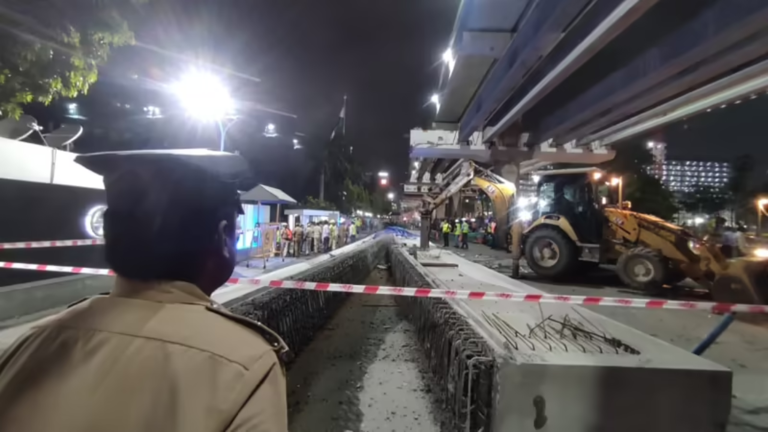

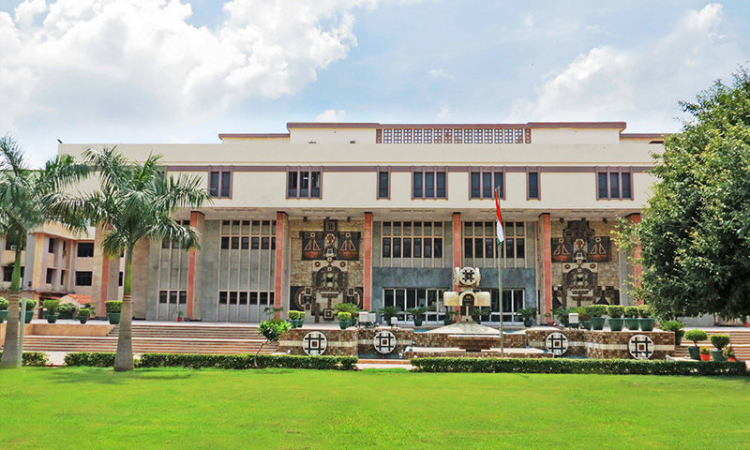
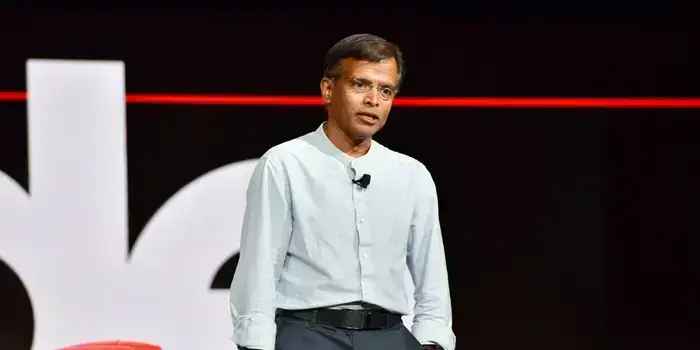

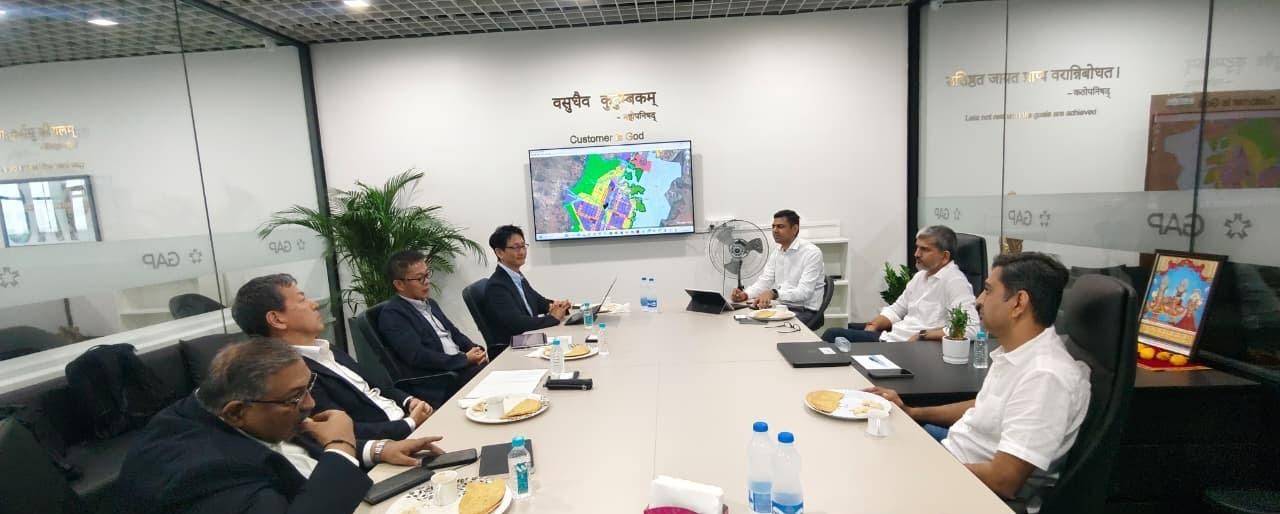
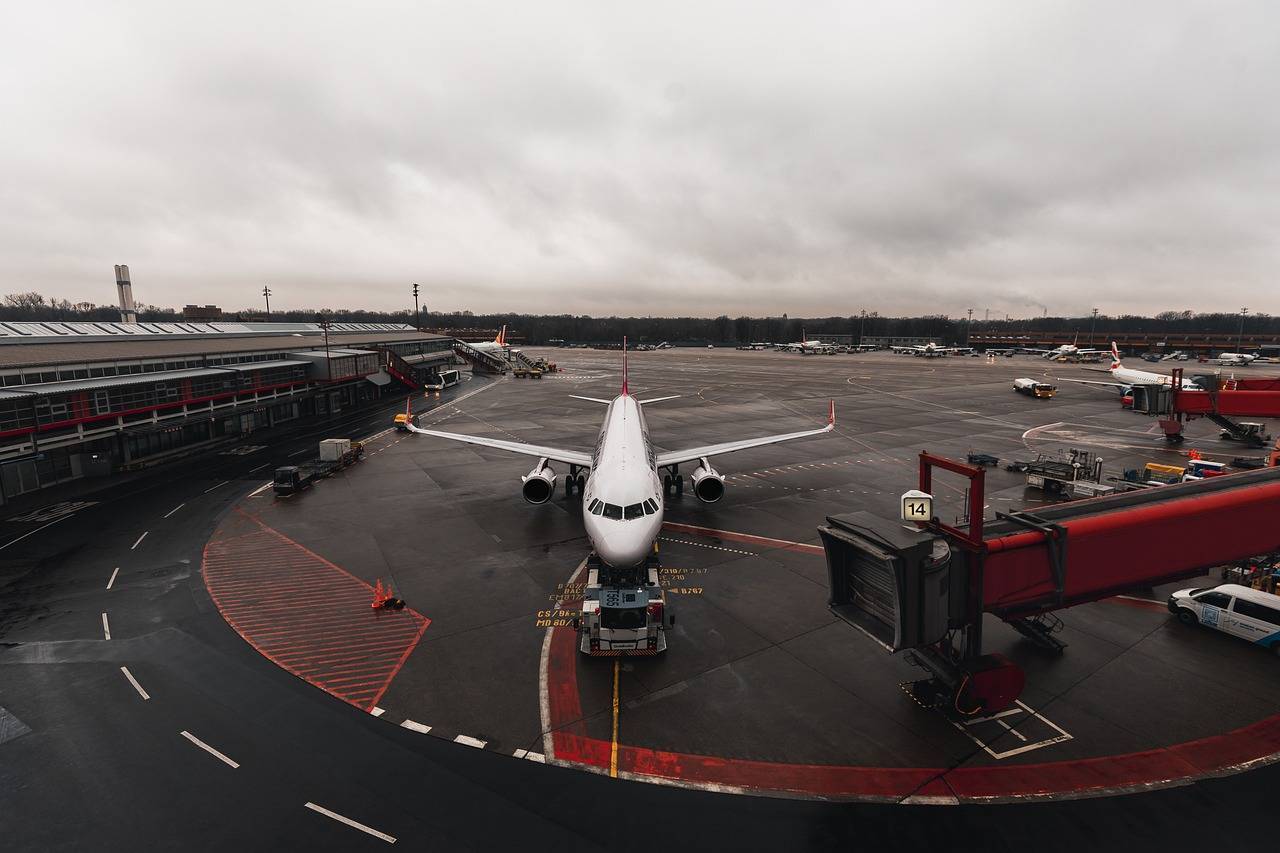
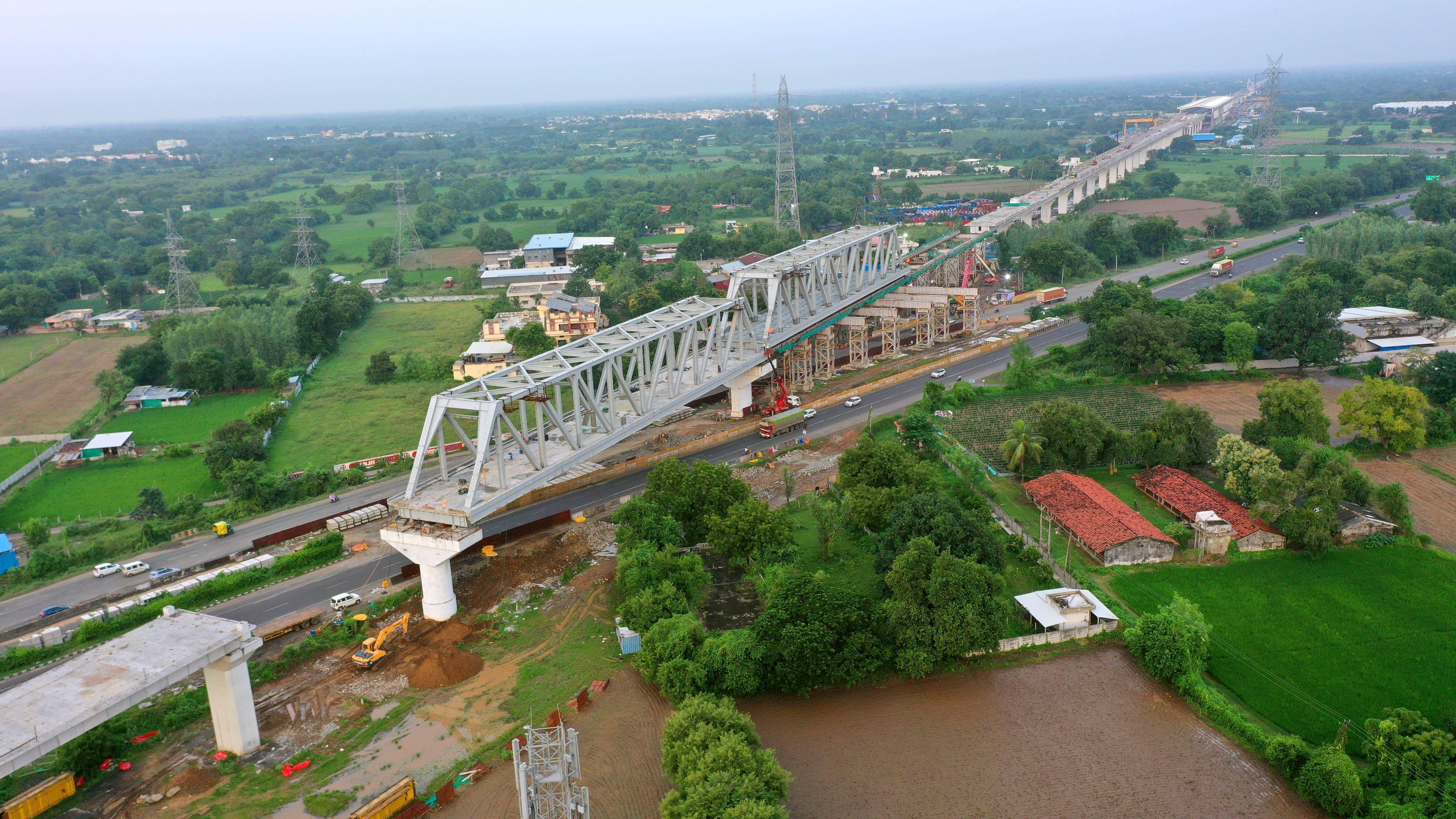
.png)